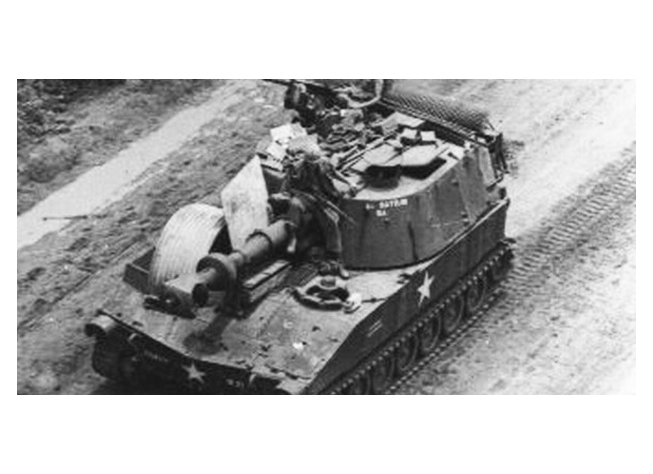ARPA began a program to demonstrate and encourage the use of brittle high-temperature materials in engineering design, with an eye on ceramic components for gas turbine applications. The approach included major efforts in ceramic design, materials development, fabrication process development, and test and evaluation methodology. By the end of the program in 1979, one of the performers, a team with Ford, demonstrated that design with brittle materials in highly stressed applications is possible and, in particular, that ceramics are feasible as major structural components in gas turbine engines. This program started the "Ceramic Fever" that spread throughout the world in the late 1970s and early 1980s.
The successful demonstration of ceramics in a gas turbine environment led to the establishment of ceramic programs in virtually every automotive or engine company in the world, in other U.S. government agencies, and in several foreign countries.
